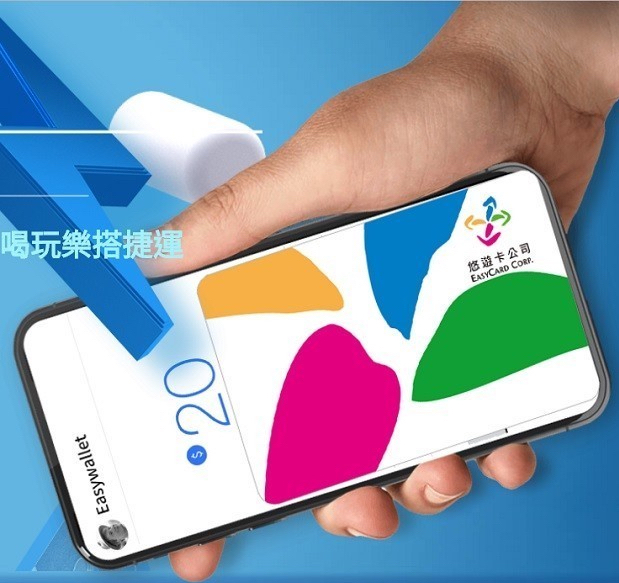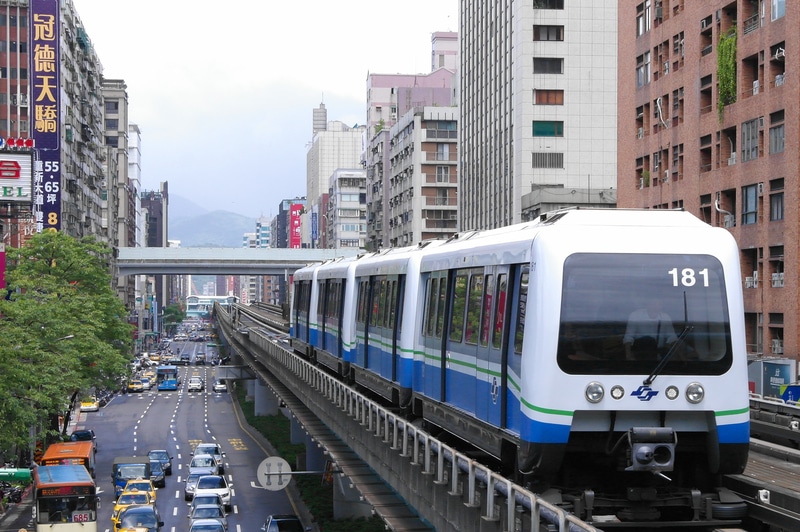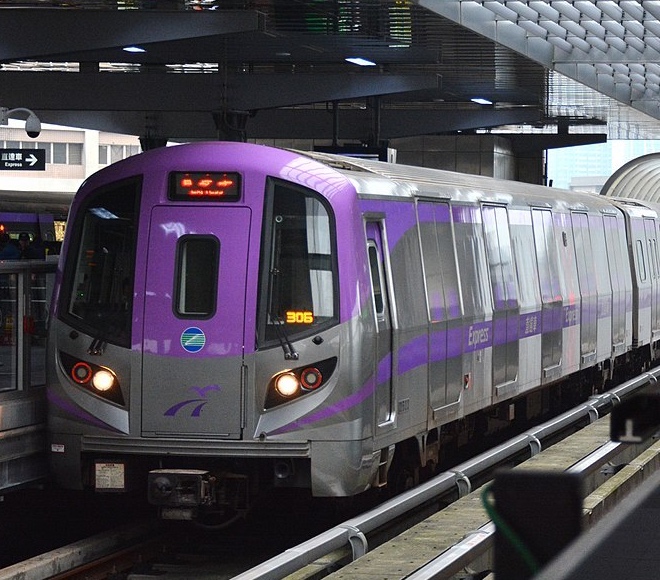
Article Highlights
Competition is changing in Taiwan and in other Asian countries where e-purse payments providers have used their base of millions of mass transit-riding cardholders to expand into retail and other markets. EasyCard Corp. provides an example of the challenges these providers are facing.
Chart: Top 5 e-payments institutions in Taiwan, by No. of users
• EasyCard Corp.
• Line Corp.
• IPASS
• Jkopay
EasyCard Corp. remains the dominant contactless stored-value card in Taiwan, boasting market shares of nearly three-quarters of transit fare payments and retail transactions nationally amid competition from three other contactless closed-loop cards that vie for transit and low-value retail transactions across the island nation.





















